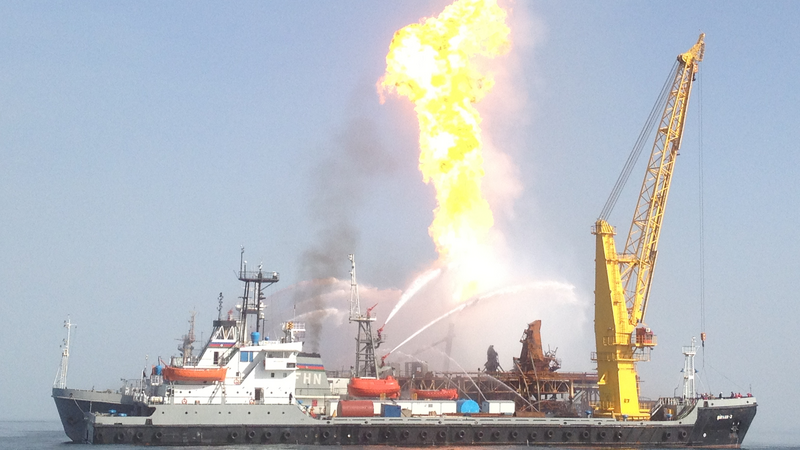 Search
Search
 Search
Search

Assists in the determination of exclusion zones around the well site
talk to an expertComputational modeling of gas dispersion and radiant heat is an indispensable tool for identifying potential hazards on-site. By using this technique, the risks associated with well-control events can be reduced.
By establishing site control boundaries, we prioritize the safety of everyone involved. We ensure that emergency response personnel, command posts, and well control equipment are placed in a safe area. We can identify the communities requiring immediate evacuation due to radiant heat and toxic or explosive gas plumes.
Based on OSHA requirements and the lowest conditions to sustain a fire or explosion, we identify the outer exclusion zone for radiant heat exposure and the best location for a relief well in case of gas and aerosol discharge.
For radiant heat safety in case of fire or explosion, we recommend a lower flammable limit for establishing an exclusion zone adhering to appropriate precautions.
We have an in-house team of engineering experts who use cutting-edge software to model various scenarios. Our CANARY™ software, developed by Quest Consultants, allows us to run situations involving flammable or toxic fluids or gases. Additionally, we use the Phast™ Consequence software, developed by DNV-GL, to help us model a wide range of scenarios, including dispersion and flammability effects.
With these powerful tools at our disposal, we can identify potential hazards and take proactive measures to ensure the safety of our clients and their assets.

Evidence-based understanding of a gas plume's magnitude, characteristics, and spatial distribution.
